According to a paper published in the American Chemical Society journal Science , the research team has developed a new type of porous crystal that can efficiently absorb and transfer lithium-ion electrolyte.
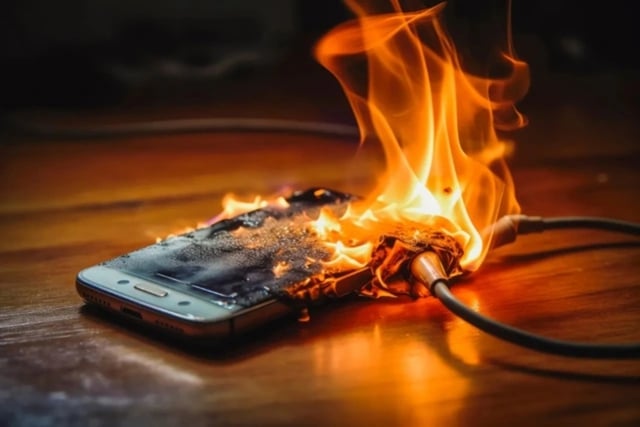
Lithium-ion battery explosion is a matter of concern today.
PHOTO: SCREENSHOT
Led by Assistant Professor Yu Zhong, the project aims to address the problem of dendrite formation in lithium-ion batteries. Dendrites are thin conductive fibers that often form inside lithium-ion batteries, causing the battery cells to age and potentially catch fire.
Making lithium-ion batteries safer
In Australia alone, there are over 10,000 recorded fires caused by lithium-ion batteries each year, showing how important the handling of these materials is to overall safety.
To create safer lithium-ion batteries, the team designed a new crystal with high porosity that allows ions to move through one-dimensional nanochannels without resistance. Lead author Yuzhe Wang said they combined two eccentric molecular structures, including macrocycles and molecular cages, as building blocks for the porous crystal. “Using them gives the crystal a large space for ion storage and interconnected channels for ion transport,” Wang said.
According to Zhong, the new crystal provides an “ideal pathway for ion transport” with record-breaking conductivity for solid-state lithium ion-conducting electrolytes. The team has gained important insights into why this structure is so effective at transporting ions and why it can achieve such high conductivity.
In addition to improving the safety of lithium-ion batteries, the material also has potential applications in separating ions and molecules in water purification, as well as in developing mixed ion-electron conductive structures for bioelectronic circuits and sensors.
Source: https://thanhnien.vn/nghien-cuu-moi-giup-giai-quyet-van-de-pin-lithium-ion-chay-no-185241107093815719.htm


![[Photo] Ho Chi Minh City Youth Take Action for a Cleaner Environment](https://vphoto.vietnam.vn/thumb/1200x675/vietnam/resource/IMAGE/2025/11/04/1762233574890_550816358-1108586934787014-6430522970717297480-n-1-jpg.webp)
![[Photo] Ca Mau "struggling" to cope with the highest tide of the year, forecast to exceed alert level 3](https://vphoto.vietnam.vn/thumb/1200x675/vietnam/resource/IMAGE/2025/11/04/1762235371445_ndo_br_trieu-cuong-2-6486-jpg.webp)
![[Photo] The road connecting Dong Nai with Ho Chi Minh City is still unfinished after 5 years of construction.](https://vphoto.vietnam.vn/thumb/1200x675/vietnam/resource/IMAGE/2025/11/04/1762241675985_ndo_br_dji-20251104104418-0635-d-resize-1295-jpg.webp)

![[Photo] Panorama of the Patriotic Emulation Congress of Nhan Dan Newspaper for the period 2025-2030](https://vphoto.vietnam.vn/thumb/1200x675/vietnam/resource/IMAGE/2025/11/04/1762252775462_ndo_br_dhthiduayeuncbaond-6125-jpg.webp)

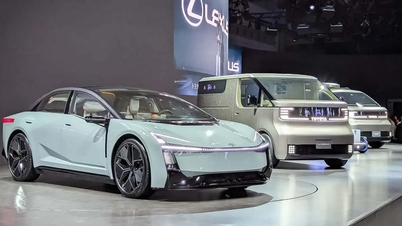

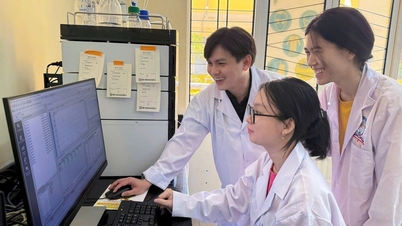







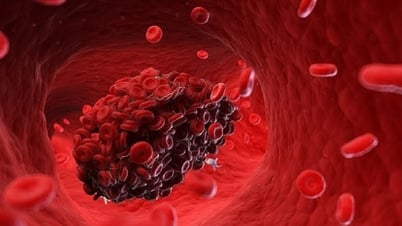

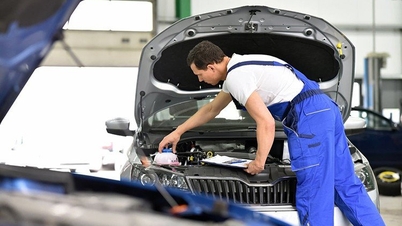

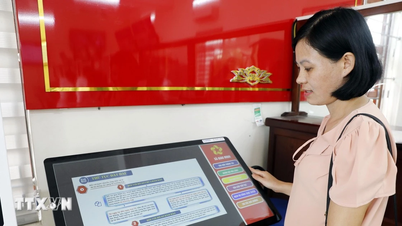



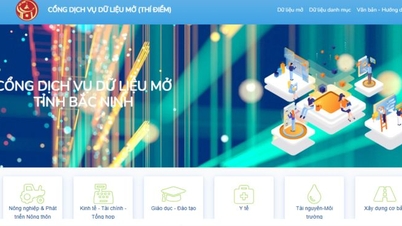







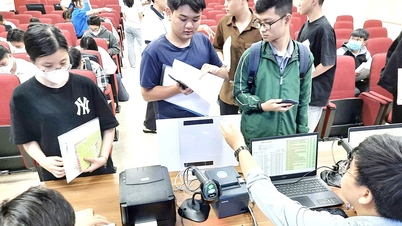
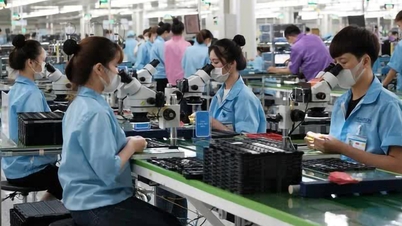

























































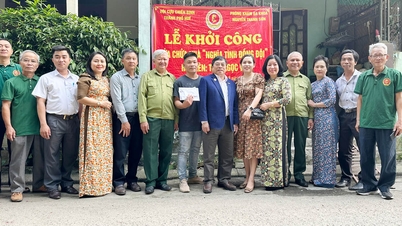


















Comment (0)